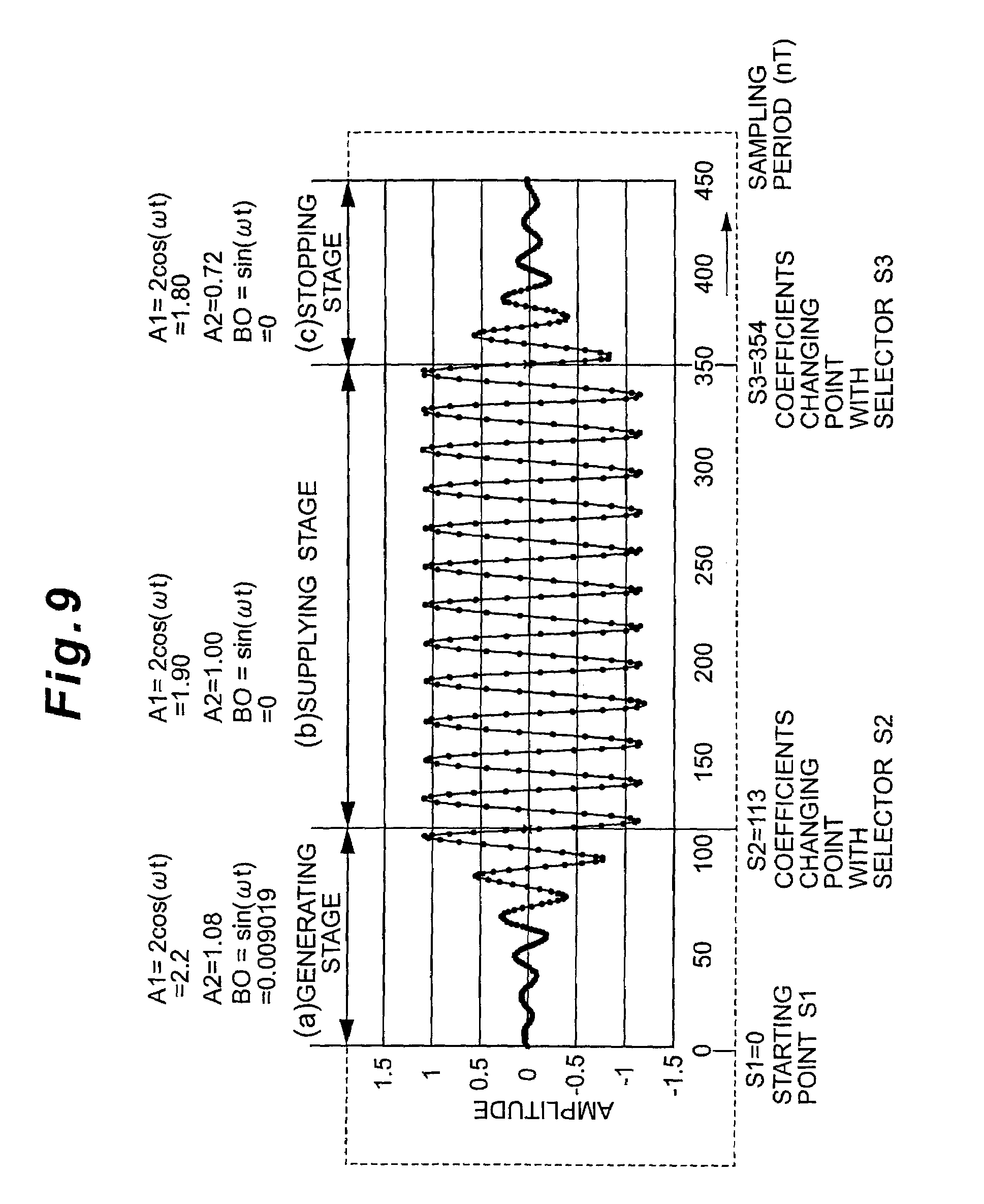The user may read the coefficients of only one stage at a time and save some RAM at the. #of Filter Stages*775 + 16 Program Memory (locations) (1) #of Filter Stages*68 + 290 RAM (File Registers) #of Filter Stages*16 + 16. 00001 TITLE “Digital IIR Filter Using PIC17C42”. Oct 21, 2000 MANUAL', p.14-5 and a coefficient generation program, also from ANALOG DEVICES. The designed low-pass filter works very well. But, trying to apply the same formula to a high-pass filter, using corresponding determinated coefficient with the mentioned program. Practical FIR Filter Design: Part 2 - Implementing Your Filter. January 30, 2016 by Shane Petcavich. In Part 1 we focused on designing a digital filter in Octave/Matlab. This tutorial will outline the steps necessary to implement your filter in actual hardware. We obtain the filter coefficients. This is variable 'hc'. A digital filter system usually consists of an analog-to-digital converter (ADC) to sample the input signal, followed by a microprocessor and some peripheral components such as memory to store data and filter coefficients etc. Finally a digital-to-analog converter to complete the output stage. Program Instructions (software) running on the. Design of FIR Filters Elena Punskaya www-sigproc.eng.cam.ac.uk/~op205. Digital FIR filters cannot be derived from analog filters –. Give the filter coefficients 5. Evaluate the frequency response of the resulting filter and iterate if necessary (typically. I designed a digital filter using fdatool of matlab and obtained the filter coefficients from the tool. The problem is that i designed a 4th order filter. What do the filter coefficients in a digital filter represent? Ask Question 12. What do the filter coefficients in digital filter represent?
- Digital Filter Coefficient Generation Programs
- Digital Low Pass Filter Coefficients
- Butterworth Filter Coefficient Table
- Digital Filter Coefficient Generation Programming
- Digital Filter Coefficient Generation Programming
- Iir Filter Coefficient Calculator
First off, this is intended as some research for a future application.
Digital Filter Coefficient Generation Programs
I want to be able to extract the coefficients from a c header file that is generated by the Matlab Filter Design and Analysis Tool (FDATool).
I have used the above settings for the FDATool and then I generated the following C header file:http://dl.dropbox.com/u/39710897/fdacoefs.h
As I understand it I can implement a filter from this by using a direct form difference equation. I believe the equation to be y(n) = b0x(n) + b1x(n–1) + b2x(n–2) – a1y(n–1) – a2y(n–2)
where the b0-b2 coefficients are the zeroes and the a1 and a2 coefficients are the poles.
The problem here is that I'm not entirely sure what is in the header file. This information seems surprisingly hard to find which probably means I'm missing something really obvious...
Here is the information I think I've been able to extract:
- Filter is made up from 3 biquadratic (known as 'biquad') sections.
- The coefficients for section 1 are:
- b0:0.129355475306511
- b1:-1.997004866600037
- b2:1.000000000000000
- a1:-1.995552659034729
- a2:0.996141731739044
- The coefficients for section 2 are:
- b0:0.129355475306511
- b1:-1.999969959259033
- b2:1.000000000000000
- a1:-1.997882604598999
- a2:0.998035132884979
- The coefficients for section 3 are:
- b0:0.011426069773734
- b1:0.000000000000000
- b2:-1.000000000000000
- a1:-1.993502736091614
- a2:0.993802070617676
Questions:
- Is my difference equation suitable for use with the coefficients in the header file?
- Is the information I extracted from the header file correct?
Digital Low Pass Filter Coefficients
1 Answer
Butterworth Filter Coefficient Table
Looking at the screen shot you appear to be using Direct Form II biquad sections (aka Canonical Form) - see Wikipedia page: https://en.wikipedia.org/wiki/Digital_biquad_filter and note the difference equations for Direct Form II (you seem to be using the difference equation for Direct Form I above).
Note that the w terms are not labelled on the diagram on the Wikipedia page but they are the delayed terms in the middle.
Paul RPaul RDigital Filter Coefficient Generation Programming
Not the answer you're looking for? Browse other questions tagged csignal-processing or ask your own question.
Gaussian Filtering is widely used in the field of image processing. It is used to reduce the noise of an image. In this article we will generate a 2D Gaussian Kernel. The 2D Gaussian Kernel follows the below given Gaussian Distribution.
Where, y is the distance along vertical axis from the origin, x is the distance along horizontal axis from the origin and σ is the standard deviation.
Implementation in C++
#include <cmath>#include <iostream>voidFilterCreation(doubleGKernel[][5]) // intialising standard deviation to 1.0 doubler, s = 2.0 * sigma * sigma; // sum is for normalization for(intx = -2; x <= 2; x++) { r = sqrt(x * x + y * y); GKernel[x + 2][y + 2] = (exp(-(r * r) / s)) / (M_PI * s); } for(inti = 0; i < 5; ++i) GKernel[i][j] /= sum; intmain() doubleGKernel[5][5]; for(intj = 0; j < 5; ++j) cout << endl; } |
Output:
References:
https://en.wikipedia.org/wiki/Gaussian_filter
This article is contributed by Harsh Agarwal. If you like GeeksforGeeks and would like to contribute, you can also write an article using contribute.geeksforgeeks.org or mail your article to contribute@geeksforgeeks.org. See your article appearing on the GeeksforGeeks main page and help other Geeks.

Please write comments if you find anything incorrect, or you want to share more information about the topic discussed above.
